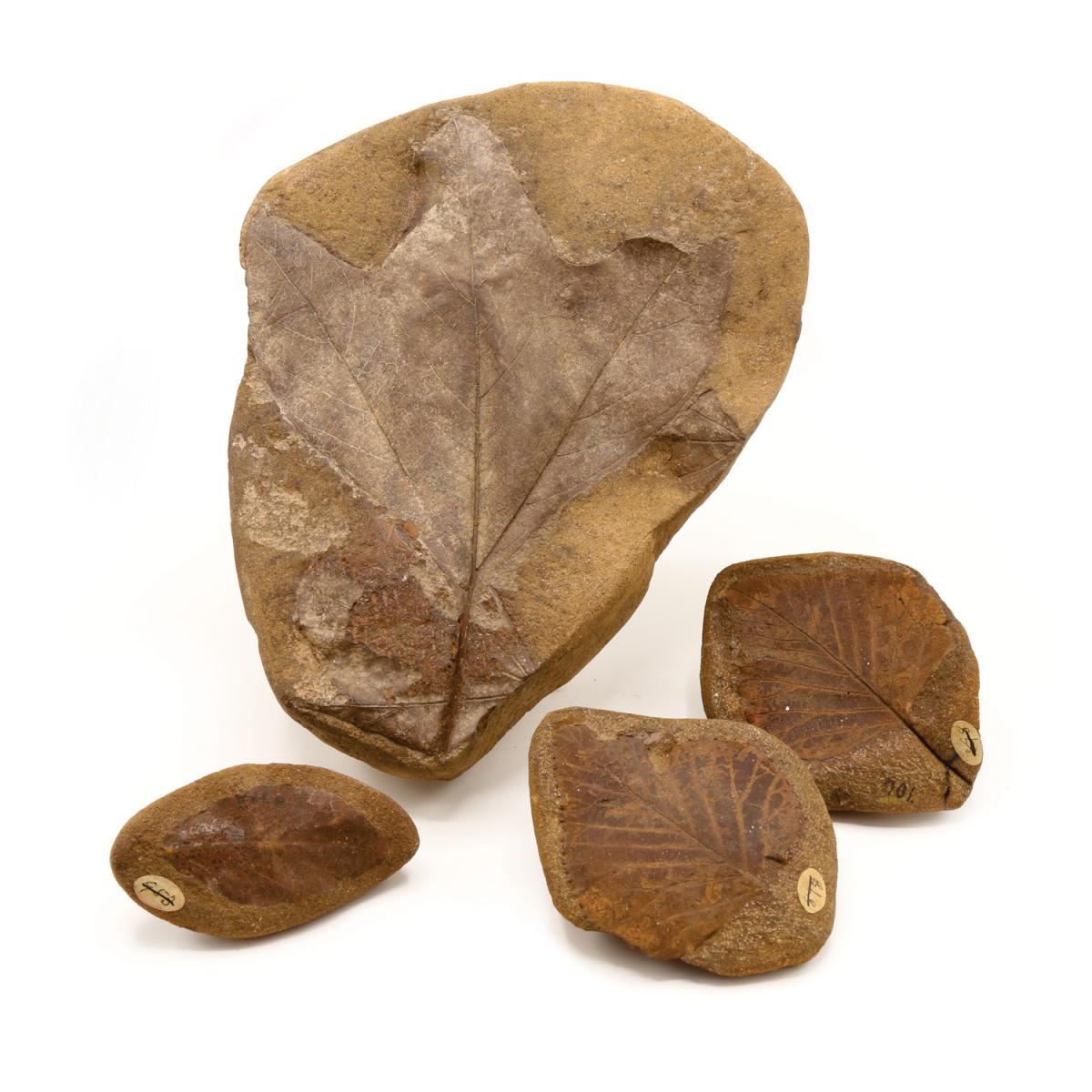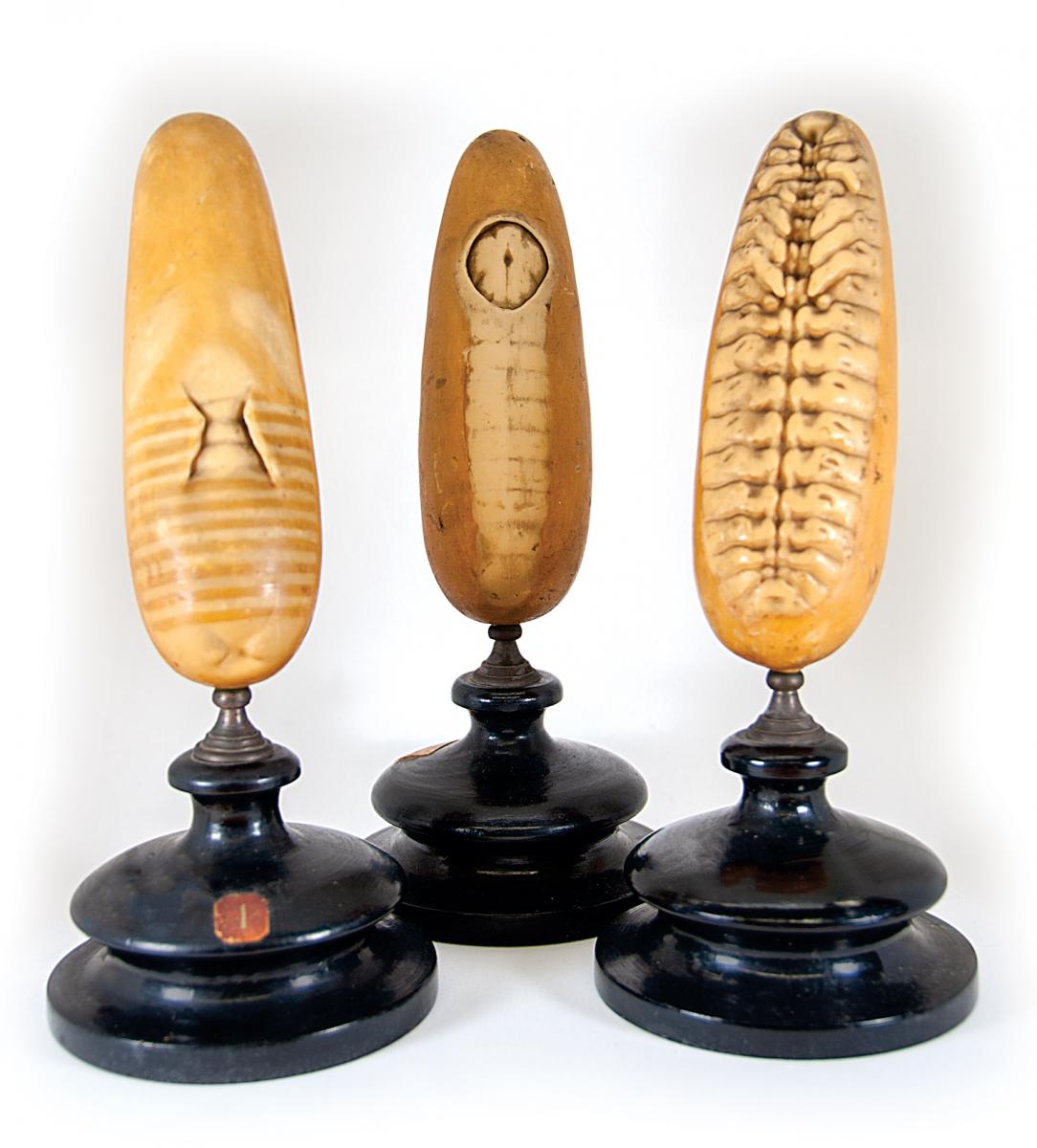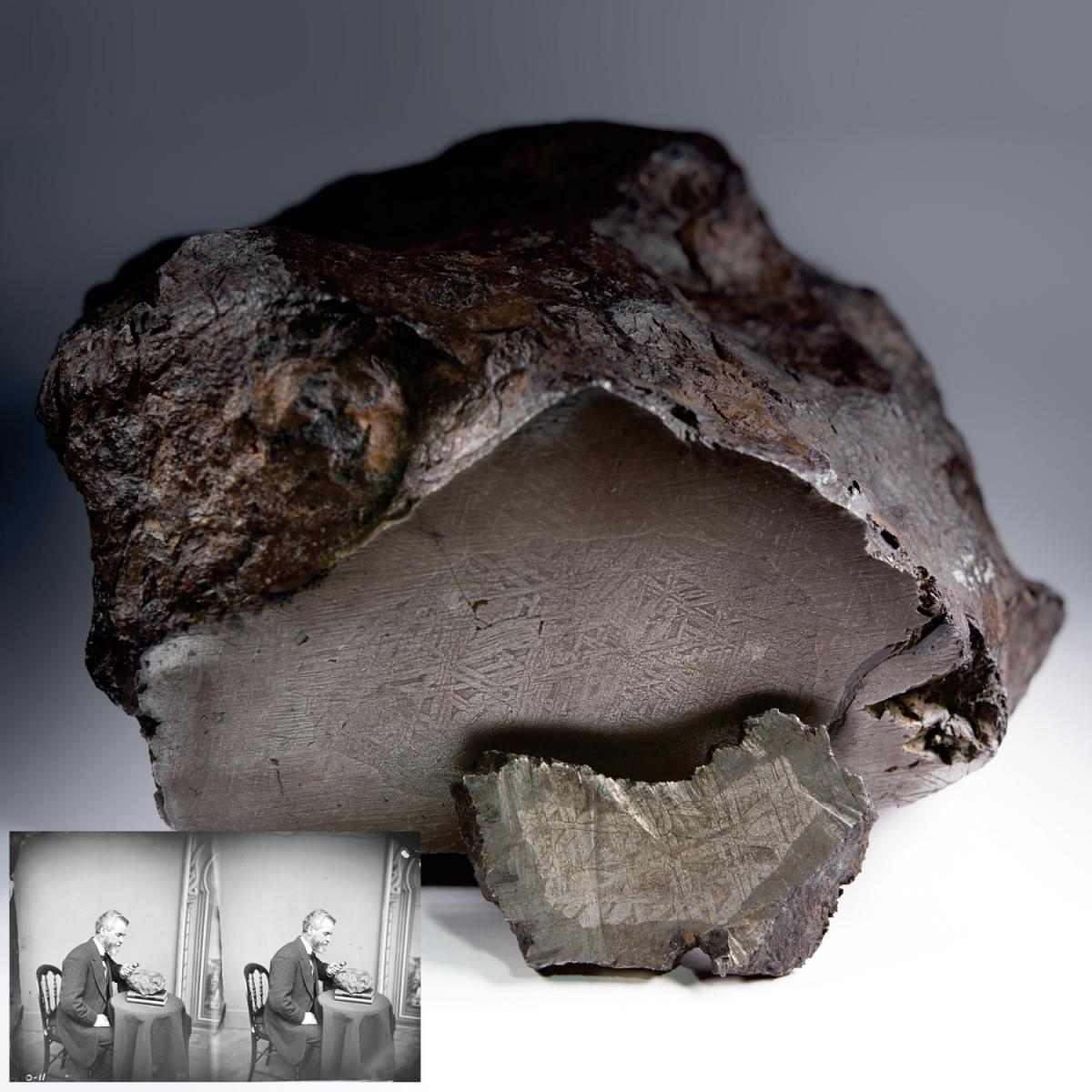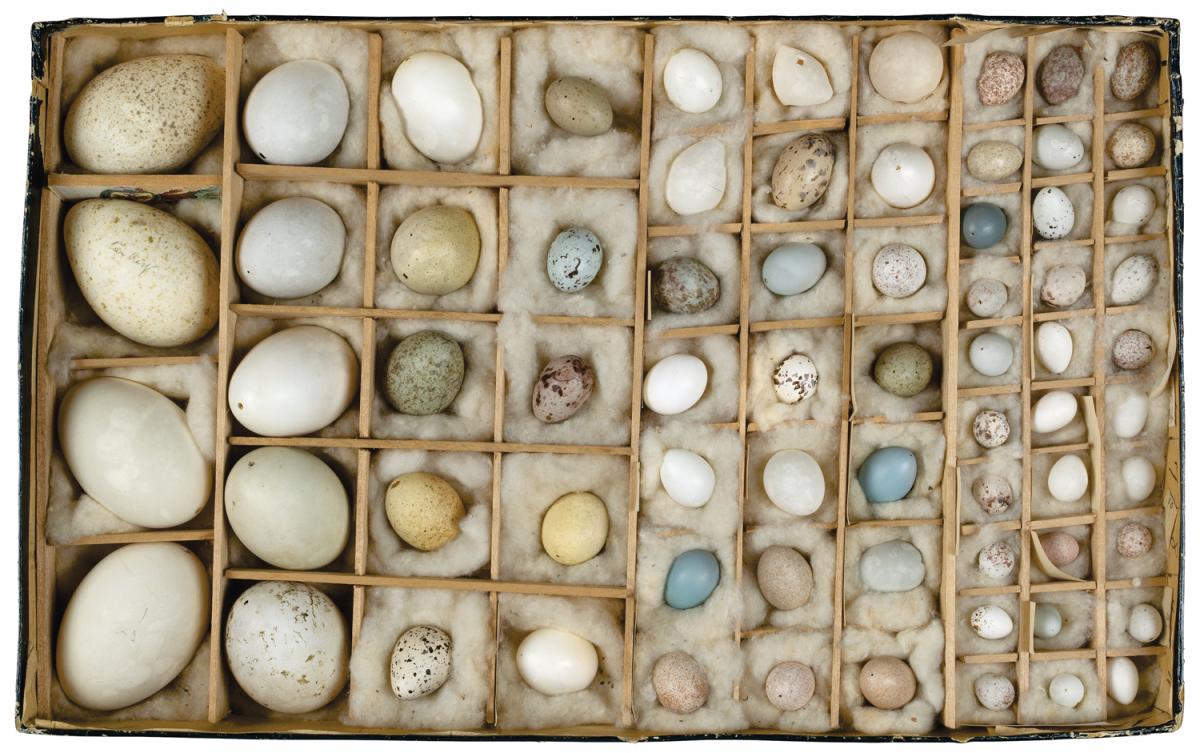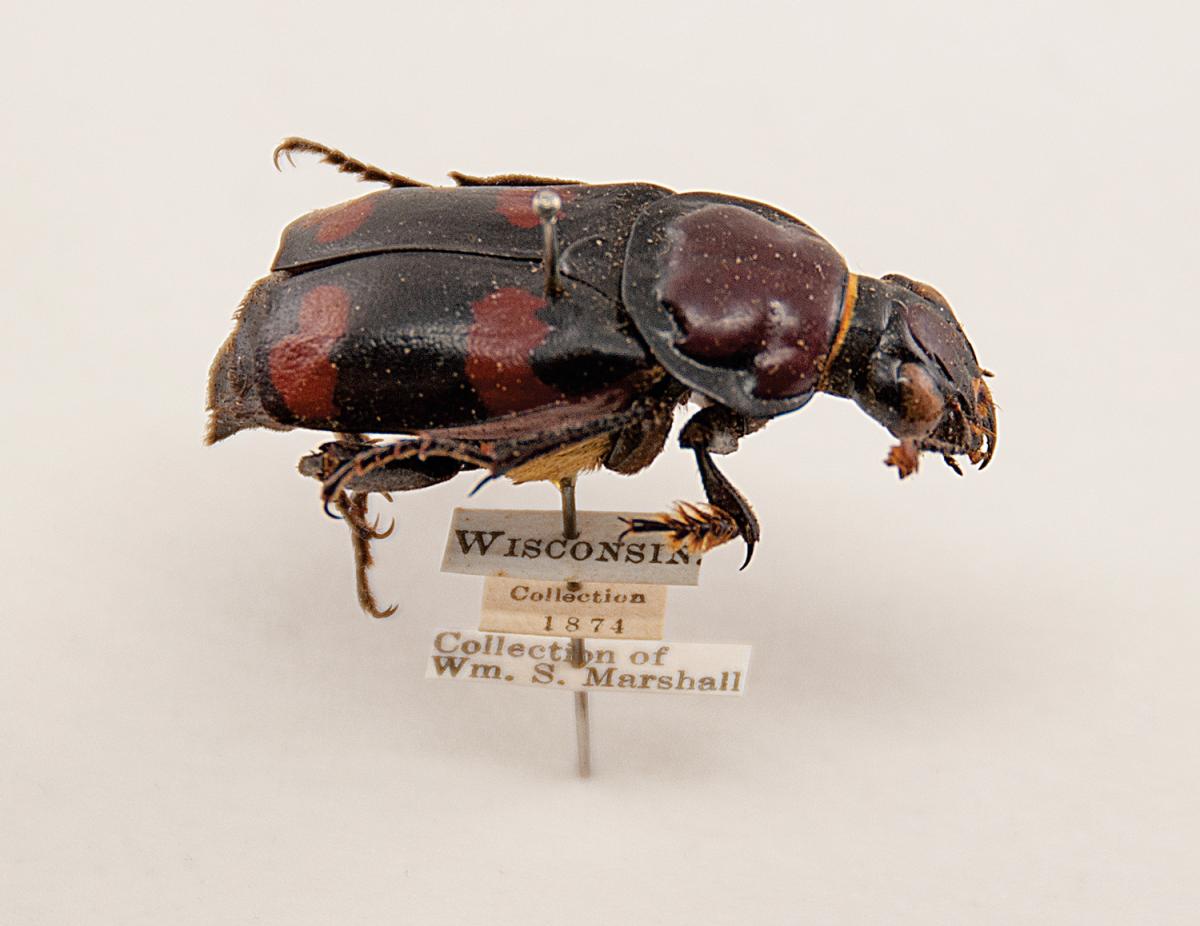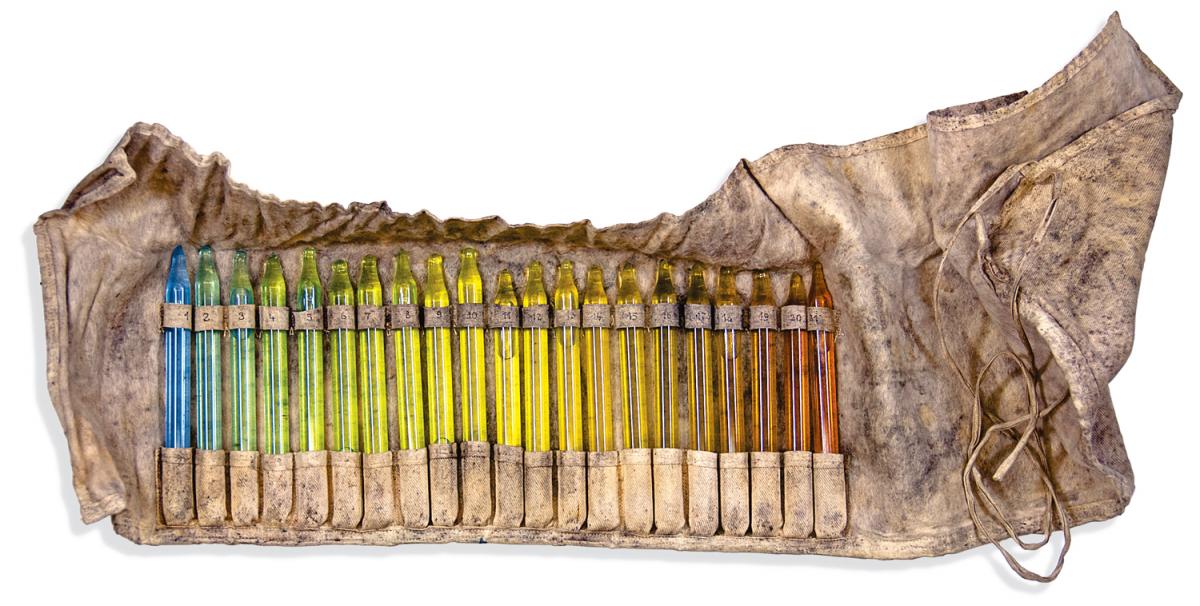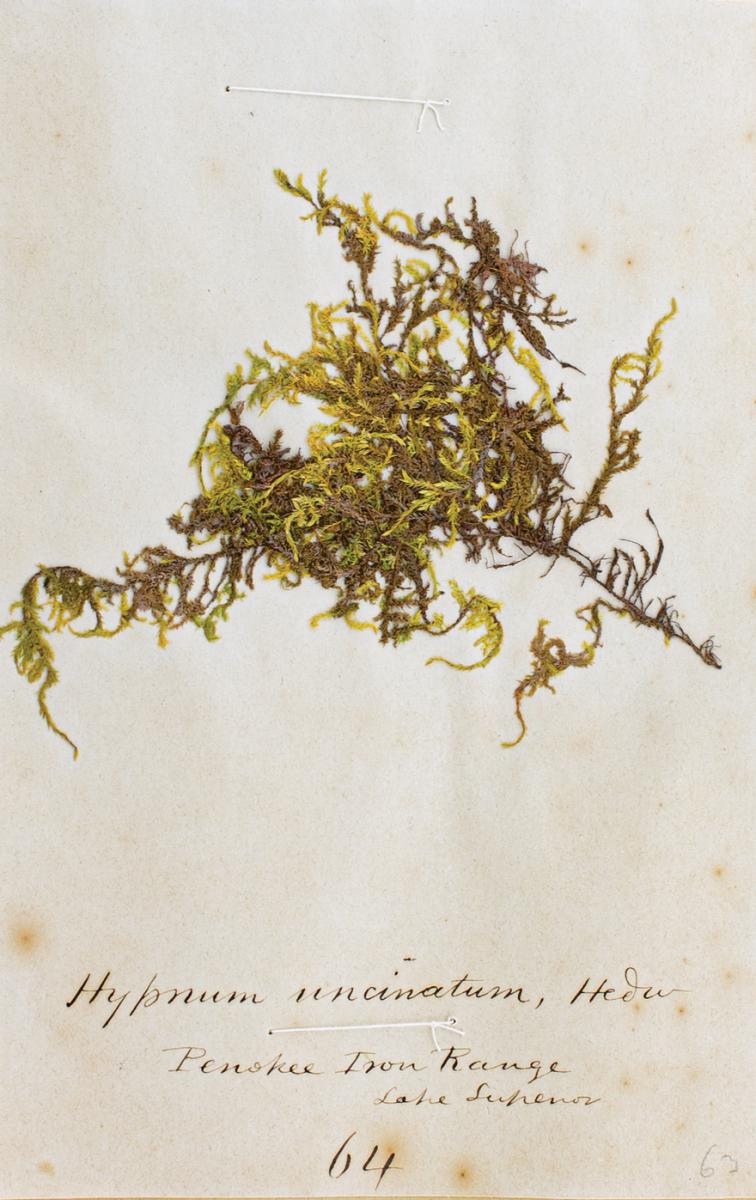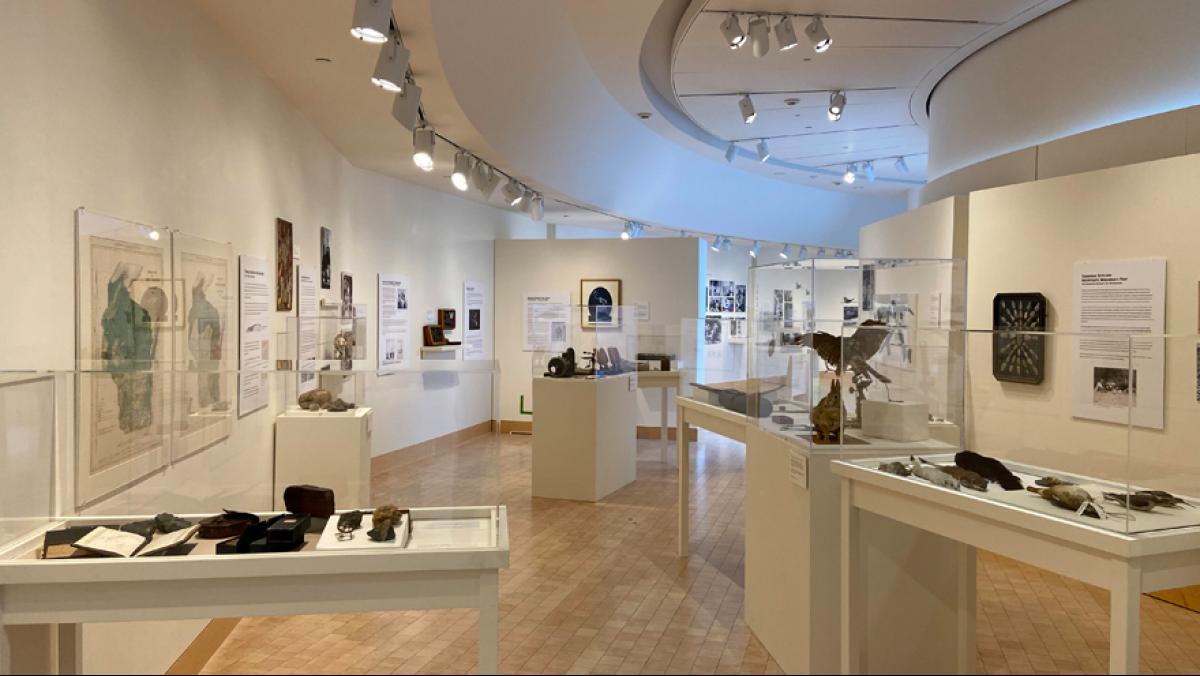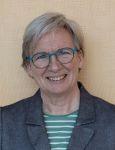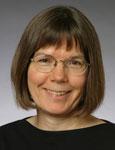Building a specimen collection of plant, animal, and mineral resources was a matter of scientific interest and civic pride for the Wisconsin Academy’s 19th-century founders. Such specimens were more than curiosities: they were physical documents of the region’s natural resources and important teaching tools. For frontier states like Wisconsin, these collections played a fundamental role in attracting settlers and directing economic development.
However, the history of the Academy’s collection is tantalizingly murky. Written documentation is sparse, and no photographs of the collection have been found. From the minutes of early Academy meetings, we know that the first donations to the collection were a “wolverine from Juneau County and a lynx from near Madison, in addition to rocks and soil from Sauk County,” and that the collection was displayed at the Wisconsin State Capitol building. We also know that the Academy’s mineral collections were moved to the new Science Hall building after the University of Wisconsin’s own natural science collection was destroyed in the 1884 Science Hall fire.
But the whereabouts of the rest of the Academy’s collection is unknown. It’s possible that the collection never left the State Capitol and was lost when the building was destroyed in a catastrophic 1904 fire. One can hope that the cabinet specimens were integrated with the Wisconsin Historical Society collection or dispersed among UW–Madison departments, but we haven’t found evidence to support this hope.
As we began planning an exhibition about the Academy’s history, it seemed only natural to invite artist and former James Watrous Gallery director Martha Glowacki to devise an imaginative recreation of the lost Academy cabinet. We thought that this “cabinet of Wisconsin curiosities” might blow a little dust from the Academy’s remarkable history, raise important questions about the means and ends of scientific investigation, and inspire us to reflect on the important work of the Academy’s founders.
To this end, Martha’s cabinet includes specimens and instruments that represent the collections of nine early Academy naturalists and historians: Increase A. Lapham, Thuré Kumlien, Philo Romayne Hoy, Thomas Chrowder Chamberlin, Roland Duer Irving, Charles Van Hise, Edward Birge, Harriet Bell Merrill, and Charles E. Brown. The objects illustrated here are just a small sampling of the treasures Martha uncovered in local museums and university collections as she searched for this elusive collection from the Academy’s past.
